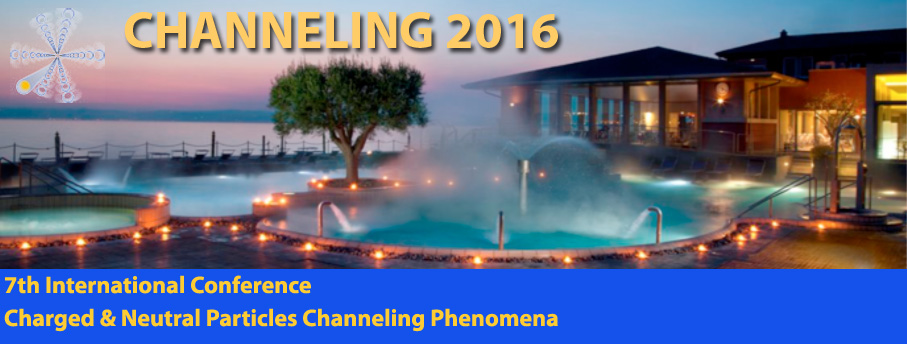Speaker
Alexei Sytov
(FE)
Description
The crystal-based collimation system is a potentially efficient solution for the collider beam halo collimation problem. However it is not free from the leakage from secondary collimators and incoherent nuclear scattering in crystal primary collimators, mainly connected with dechanneling process.
To solve this problem, we propose here a double crystal-based collimation system, with the second crystal oriented in the transverse direction between the primary crystal collimator and the secondary collimator. The second crystal will amplify the deflection of particles with the amplitudes of betatron oscillations too high for the capture in the channeling mode.
We propose to use the multiple volume reflection in one bent crystal in this second crystal collimator. We consider the same effect in a sequence of bent crystals as well as compare it with single volume reflections in a sequence.
In its turn, for the primary crystal collimator we suggest channeling in skew crystal planes to lower the requirements on crystal alignment as well as to use multiple volume reflection instead of the single one for non-channeled particles. In addition, we propose to considerably increase the channeling efficiency in the first crystal by application of a narrow plane cut.
We simulate all the cases with CRYSTAL simulation code on the CINECA supercomputers and acknowledge the CINECA award under the ISCRA initiative for the availability of high performance computing resources and support.
Author
Alexei Sytov
(FE)
Co-authors
Prof.
Alexander Lobko
(Institute for Nuclear Problems, Belarus State University)
Prof.
Victor Tikhomirov
(Research Institute for Nuclear Problems)

